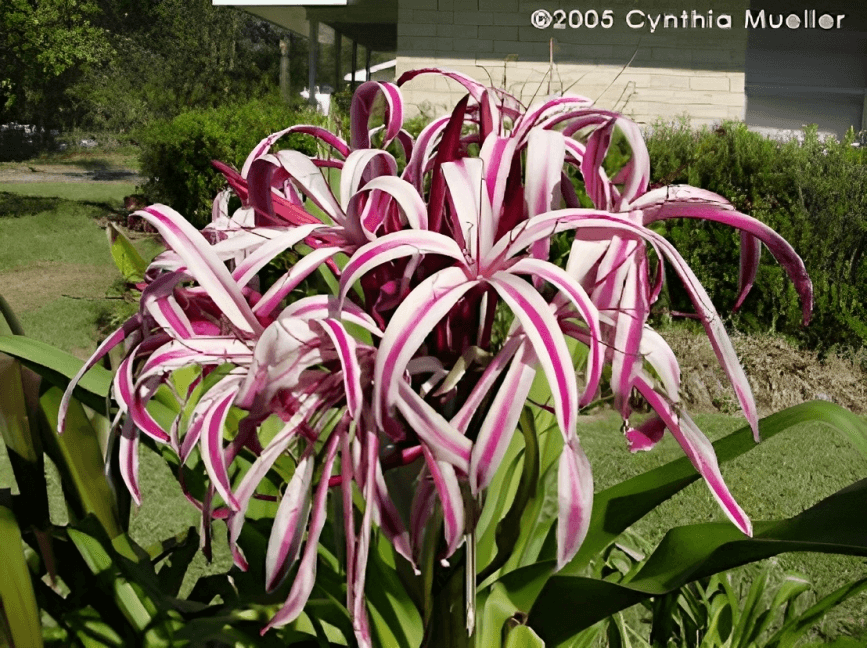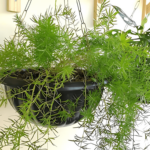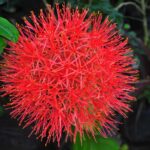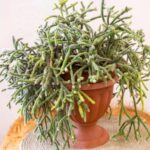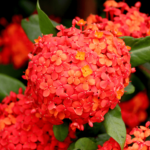The Crinum amabile is a strong and resilient plant that grows from bulbs.
This is a natural hybrid (C. asiaticum × C. zeylanicum) found in various countries around the world and can reach heights of 19.7 inches to 47.2 inches (50cm to 1.2m).
In this article, we will delve into the characteristics and cultivation of Crinum amabile.
OBSERVATION: The species Crinum Erubescens is very similar to Crinum amabile and these plants are often confused.
Characteristics
Described in 1814, the Crinum amabile is often found near swamps, marshes, or on the banks of rivers and lakes, hence its common name.
The leaves of the Crinum amabile are green, abundant, long, wide, pointed, thick, and ornamental.
During flowering, which usually occurs between spring and summer, large, fragrant flowers appear at the top of its stems with white and pink or white and burgundy coloring.
Inflorescences, in Lorenzi’s book, are described as erect, but… it seems she didn’t understand that she had to stay erect… lol, they are umbrella-type (umbels is the botanical term) and are arranged above the foliage. – Nô Figueiredo
Crinum amabile is often mistaken for Crinum asiaticum, which can be caused by the similarity of their flowers.
See also:
- Twister Lipstick Plant – Characteristics and How to Care
- How to Care for Ferns in 9 Steps (For Beginners)
- How to Care for Cacti and Mini Cacti (7 Simple Steps)
Crinum amabile Cultivation
The Crinum amabile is a tropical plant that usually thrives in places with a lot of water.
Therefore, you may have difficulty cultivating it in cold or dry climates.
Below are some tips for cultivating it:
- Lighting: it likes full sun.
- Where to plant: near places with plenty of water (lakes, ponds, dams, etc.)
- Temperature: it does not like low temperatures and cannot withstand frost.
- Multiplication: you can divide the bulbs that usually appear in autumn or use the seedlings that grow near the plants.
- Humidity: appreciates good humidity.
- Watering: should be watered frequently, as it loves water.
This concludes our article on Crinum amabile, also known as the Crinum amabile
Did you like the text? Then share it on your social networks and leave a comment below.


